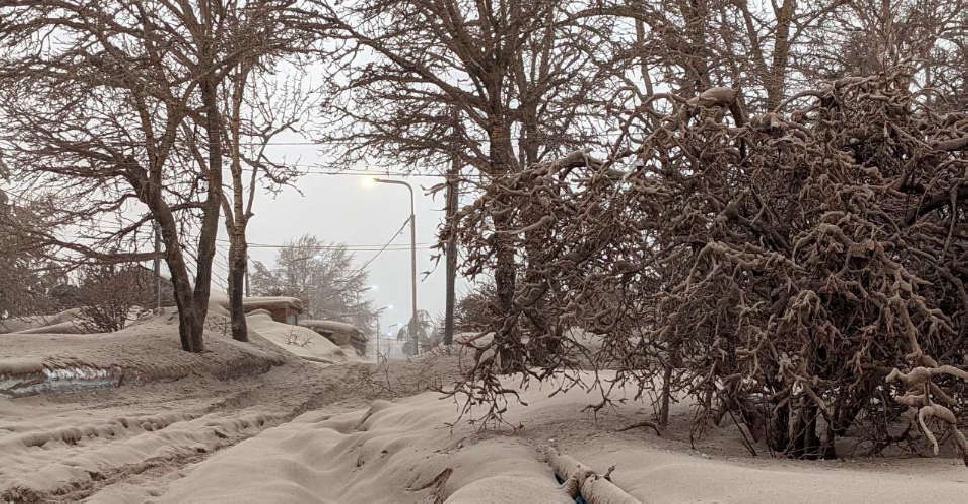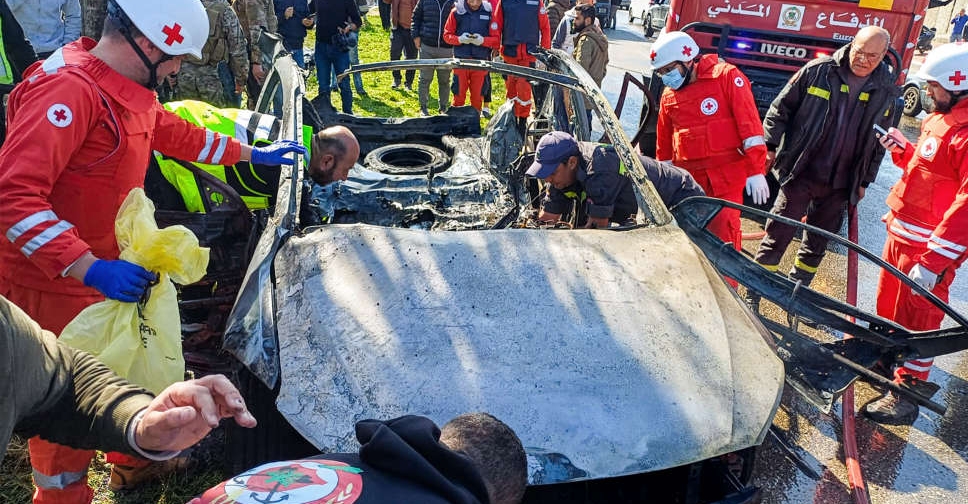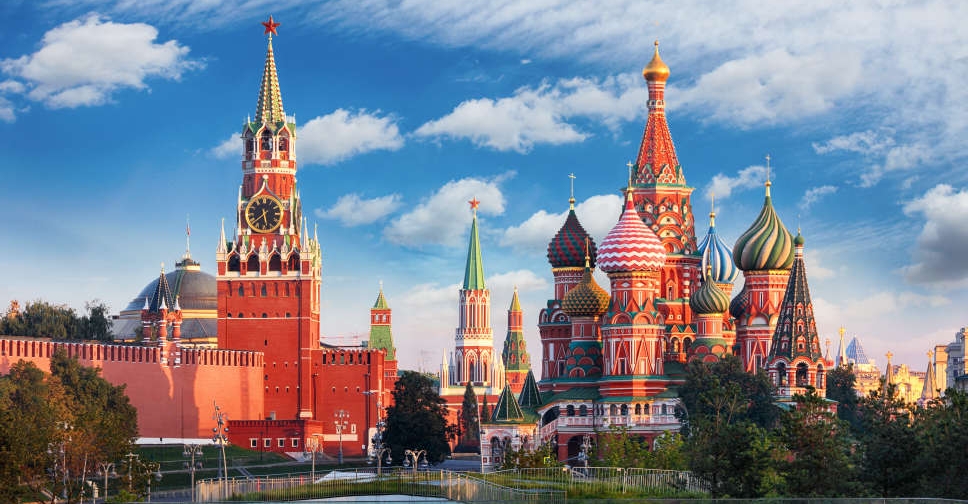
An active volcano on Russia's remote Kamchatka Peninsula kept erupting on Wednesday, a scientific institute reported, sending a 10-km-high plume of ash into the sky, and a hazard warning remains in place for airlines.
Shiveluch, one of Russia's most active volcanoes, first began erupting just after midnight on Tuesday and at its peak, six hours later, sent out an ash cloud over an area of 108,000 sq km.
Ash from the initial eruption reached 20 km into the sky, covered villages in drifts of grey volcanic dust and triggered an aviation warning. The nearest village, Klyuchi, lies 50 km away.
The latest bulletin from the Kamchatka Branch of the Russian Academy of Sciences' Geophysical Survey, issued at 1:00 am Moscow time (2200 GMT Tuesday) said: "The eruption of Shiveluch volcano is continuing. According to satellite data, the ash emission reached about 10,000 metres above sea level."
There were no immediate reports of casualties.
Lava flows tumbled from the volcano on Monday, melting snow and prompting a warning of mud flows along a nearby highway. As much as 8.5 centimetres of ash carpeted villages, the deepest in 60 years.
Around 24 hours after the volcano began erupting, a 5.8 magnitude earthquake struck off the coast of Kamchatka, the geological survey said. Russian scientists said the quake was an aftershock from an April 3 earthquake.
Kamchatka extends far into the Pacific Ocean northwest of Japan. About 300,000 people live on the peninsula.
Shiveluch has had an estimated 60 substantial eruptions in the past 10,000 years, the last major one being in 2007.
A red notice issued by the Kamchatka Volcanic Eruption Response Team (KVERT), remained in force. It said the volcano "constitutes a potential hazard to international and local airlines".



 Delta plane flips upside down on landing at Toronto airport, injuring 18
Delta plane flips upside down on landing at Toronto airport, injuring 18
 Israeli military says it killed Hamas official in southern Lebanon
Israeli military says it killed Hamas official in southern Lebanon
 Russia rules out territorial concessions on eve of US talks
Russia rules out territorial concessions on eve of US talks
 Rubio arrives in Saudi Arabia ahead of Russia talks
Rubio arrives in Saudi Arabia ahead of Russia talks
 Israel receives shipment of bombs, cleared by Trump
Israel receives shipment of bombs, cleared by Trump







